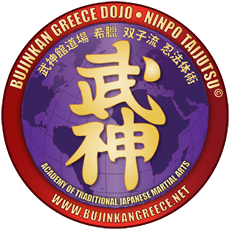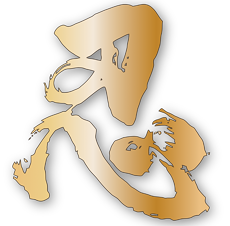Yoroi Japanese Armor
A yoroi is a cavalry armor worn by samurai comprising in its basic form a kabuto (helmet), dō (cuirass) with kusazuri (multipart skirt pendant), and sode (shoulder guards). This type of armor flourished during the Heian (794–1185) and Kamakura periods (1185–1333), gradually went out of fashion in the Nanbokuchō period (1336–92), and was revived in the Edo period. Here at this photo album you can see different types of Yoroi:
- Armor (Haramaki). Date: late 18th–19th century
- Ō-yoroi first started to appear in the 10th century during the middle and late Heian period, and came into widespread use in the Genpei War around the 12th century when the call for armor was at its peak.
- Dō-maru (胴丸), or "body wrap", is a type of chest armour (dou or dō) that was worn by the samurai class of feudal Japan. Dō-maru first appeared in the 11th century, as an armour for lesser samurai and retainers. Like the ō-yoroi style it became more common in the Genpei War at the end of the 12th century.
- Gusoku Armor. From the Azuchi-Momoyama Period 1467–1615
© photos by Harry Mitrou































